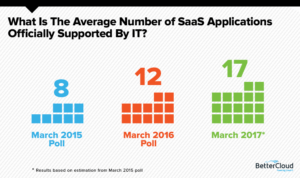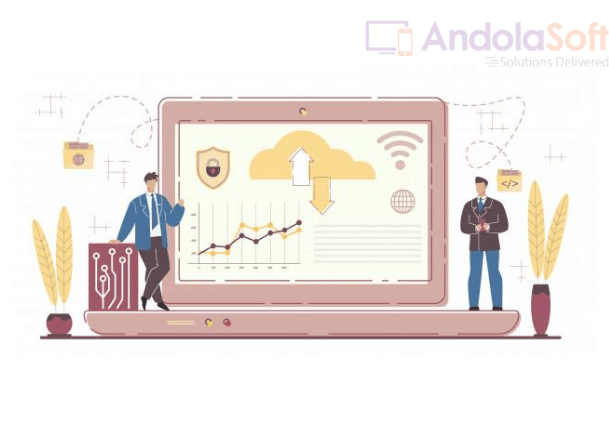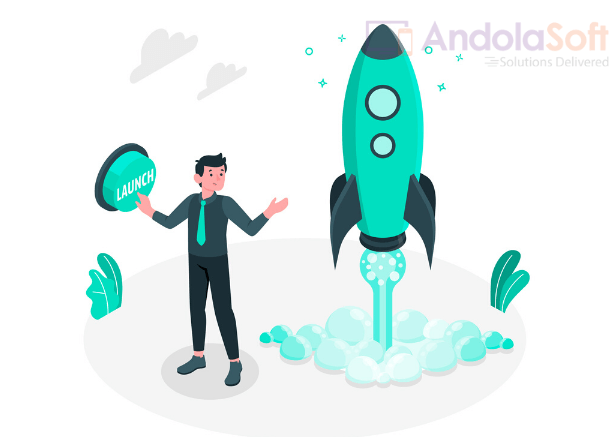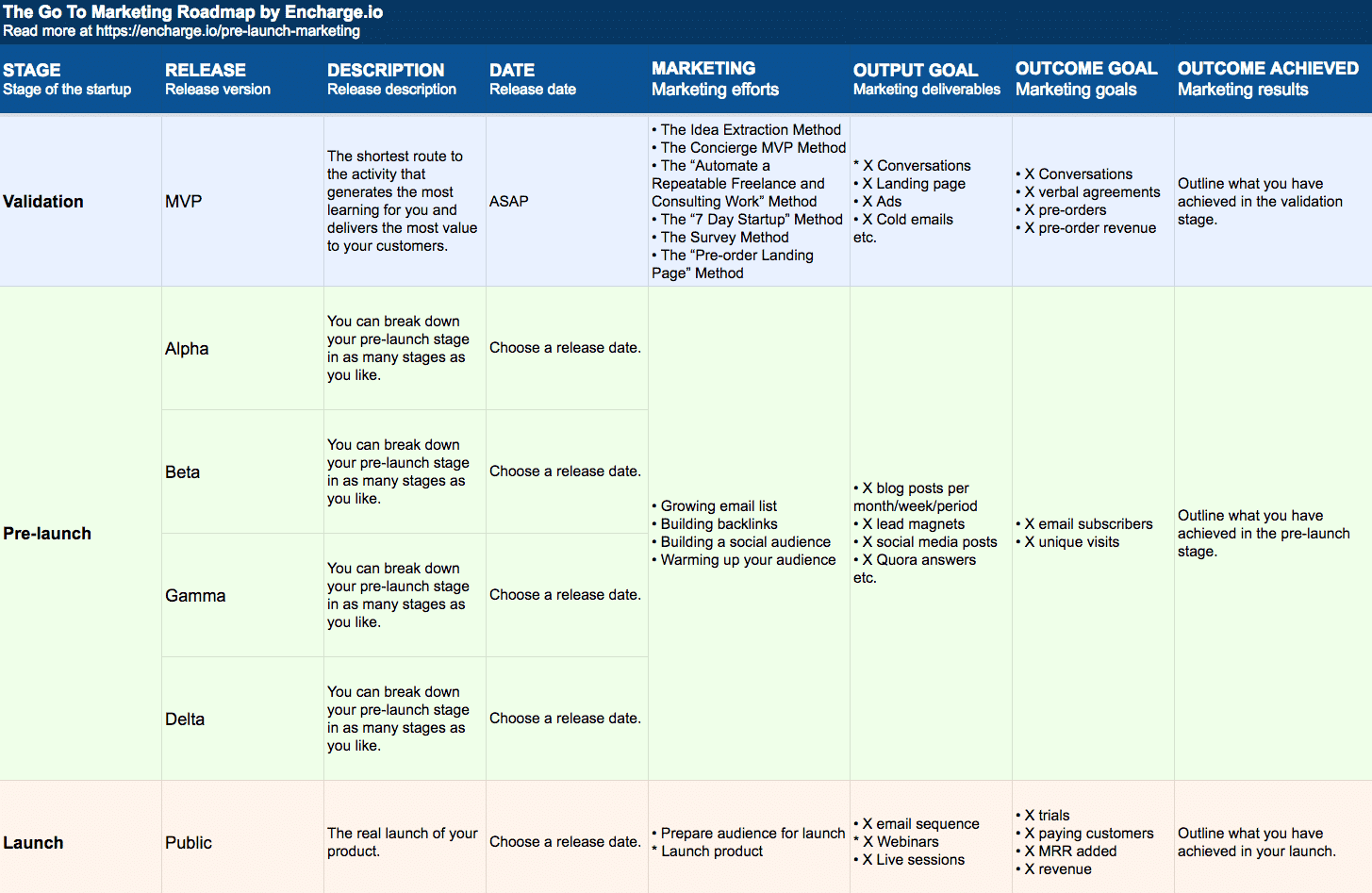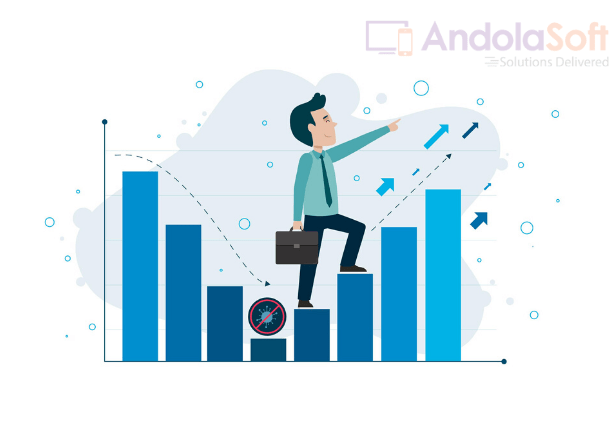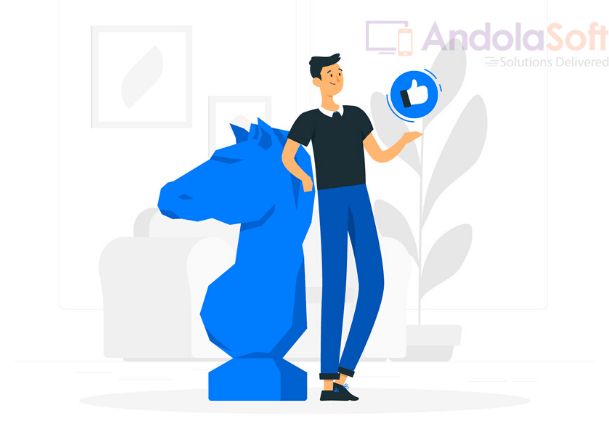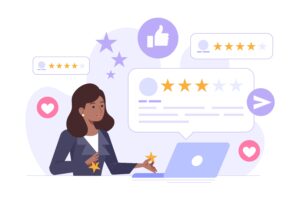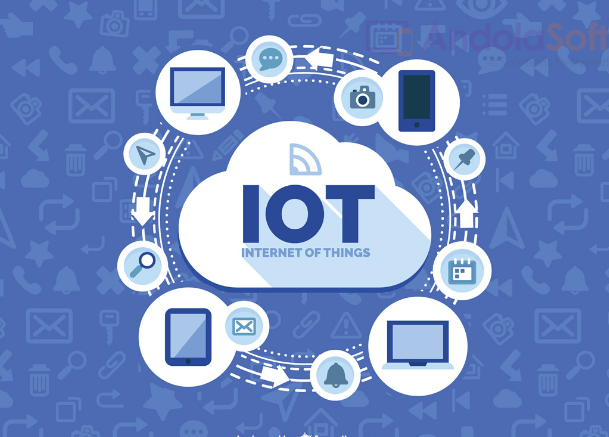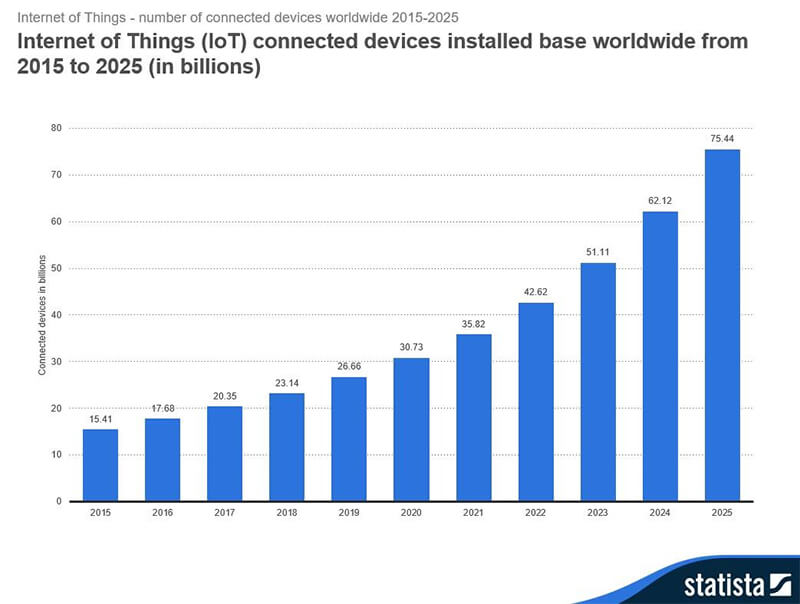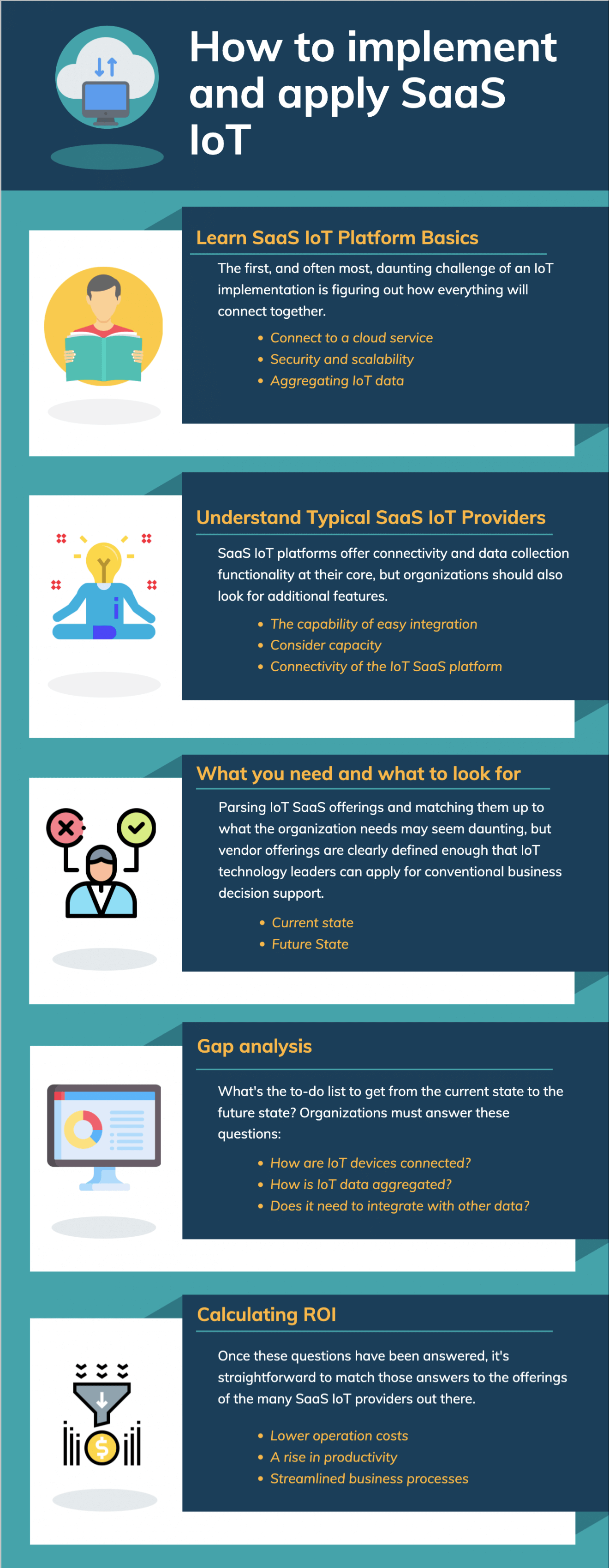Want To Gain Huge Revenues With Less Investment?
Investing in SaaS products is a great idea if you want to grow your business quickly without spending too much money on manufacturing, operations, and IT departments.
Implementation of SaaS products in organizations serve for versatile purposes to expand your business at its optimum level.
What Is SaaS?
Software as a service is the program integrated into the cloud-based infrastructure to store data in the servers that can be accessed online.
Never miss an update from us. Join 10,000+ marketers and leaders.
Hence, the third-party vendor provides the cloud servers to store the data from where the consumers can retrieve the online data from their computer systems.
The SaaS provider distributes the software integrated to the cloud servers to the businesses purchasing the SaaS products.
Why SaaS?
SaaS Products are gaining huge attention due to low cost as compared to the traditional setup.
1. Flexible Deployment
The deployment of cloud-based software is extremely convenient as it does not require any prior hardware setup. Hence, no need to invest in workforce and maintenance charges to set up the software. A sustainable and effective solution to deploy IT software into the systems.
2. Subscription Payment Model
No need to worry about purchasing a license by paying a huge sum of money. All you need to do is subscribe to the SaaS products on a monthly or yearly basis. Hence, extremely cost-effective by paying only a nominal amount as per your requirement.
3. Customization
Cloud computing has made it possible to customize software at ease. Tweak your dashboard with the information required to be displayed. Avail the features with different levels of payment. Hence, highly customizable to meet the organization’s requirements.
4. Scalable And Reliable
The extensive data and activity reports are stored in cloud servers, hence highly scalable to handle huge volumes of data in the server.
SaaS vendors accept to protect the privacy of the client. Hence, the client’s data and information are extremely protected and confined to prevent any data leakage.
5. Trouble-Free Setup
The easy setup of the software is hassle-free and user-friendly. All you need is a good and reliable internet connection to access your data from the cloud.
6. Cost-Effective
Deployment of SaaS products gets rid of manufacturing and maintenance costs, hereby no need for technical employees to set-up software. Hence, extremely cost-effective due to low investment.
Transition To SaaS Products
In the emergence of the digital world, the evolution of SaaS products is happening at an accelerating rate. Industries across the world are demanding SaaS tools to manage and expand the businesses.
According to Better Cloud March 2015 poll, the average number of SaaS applications used by IT is almost double of 2015. Hence, a dramatic increase in the usage of SaaS applications was observed in 2 years.
Hence, SaaS applications are becoming the driving force to boost productivity.
According to the 2017 research report of BetterCloud, nearly 73% of companies will completely adopt SaaS-based technologies by the year 2020.
Moreover, 86% of end-users have believed that SaaS-based applications have generated higher success rates than desktop technologies.
Therefore, SaaS technologies are no longer alternative solutions for business processes. However, it has become the integral core to carry out all the business operations at its optimum level.
Hence, the potential of SaaS technologies is increasing with the evolution of digital space.
How Do SaaS Products Grow Businesses?
The prerequisites of a successful business are engaging workforce and efficient management.
A business will grow in real terms when more revenue is generated with lower investments. In other words, more clients are generating and retaining.
You have a fixed budget to set up a business, imagine if you are spending a huge proportion of the amount to the development and maintenance of the software with a skilled workforce. This leads to the investment at three levels, manufacturing, maintenance, and labor.
But if you are integrating SaaS-based technologies in your business operations, you can bypass the multi-levels of investment. Hence, a one-time investment in SaaS products saves the company’s resources.
Top SaaS Tools To Grow Business
The SaaS Products has lots of potential applications serving different purposes for different teams to effectively run the business operations.
You don’t have to be a techie expert to choose the SaaS tool for your company. Just focus on the features required to meet your company’s requirements.
Here, we are outlining the important SaaS Products to run and grow your business effectively.
Project Management
Project management tools are important to track your tasks to accomplish the projects and deliver them on time.
Proofhub is an easy to use project management software integrated with collaboration chat, organized files, and feedback platforms to facilitate a simplified and coordinated work approach.
Human Resource Management
HR management software is predominantly used in all organizations to hire the right talent and manage employees’ requirements.
BambooHR provides a user-friendly dashboard displaying insight reports on employee’s activities. The effective tool to manage employees starting from hiring the right talent, on-boarding, fulfilling compensation, and promoting friendly culture.
Team Collaboration
Setting up meetings and to get ready for video chat, communication with your team and manager is critical to gain better clarity on work progress and to discuss the solutions to challenges elaborately and effectively.
I’ve worked with the team at Andolasoft on multiple websites. They are professional, responsive, & easy to work with. I’ve had great experiences & would recommend their services to anyone.
Ruthie Miller, Sr. Mktg. Specialist
Salesforce, Houston, Texas

Zoom is the perfect tool to communicate with remote teams. Zoom allows video conferencing along with the options to share screen, file share, and messaging.
Employee Monitoring Management
When it comes to managing employees, employee monitoring tools are important to track your employees’ daily productivity.
WorkTrak is an effective SaaS tool that generates insight reports of employee’s daily productivity. Get acquainted with your employees’ performance, attendance, idle and active times and protect your company’s valuable data from insider theft. The best part is the tool comes with a load of premium features at extremely competitive prices.
Conclusion
The broad spectrum of SaaS products available can grow your business at an accelerating rate with less investment. Beat your competitors by integrating the SaaS tools into your daily operations.

